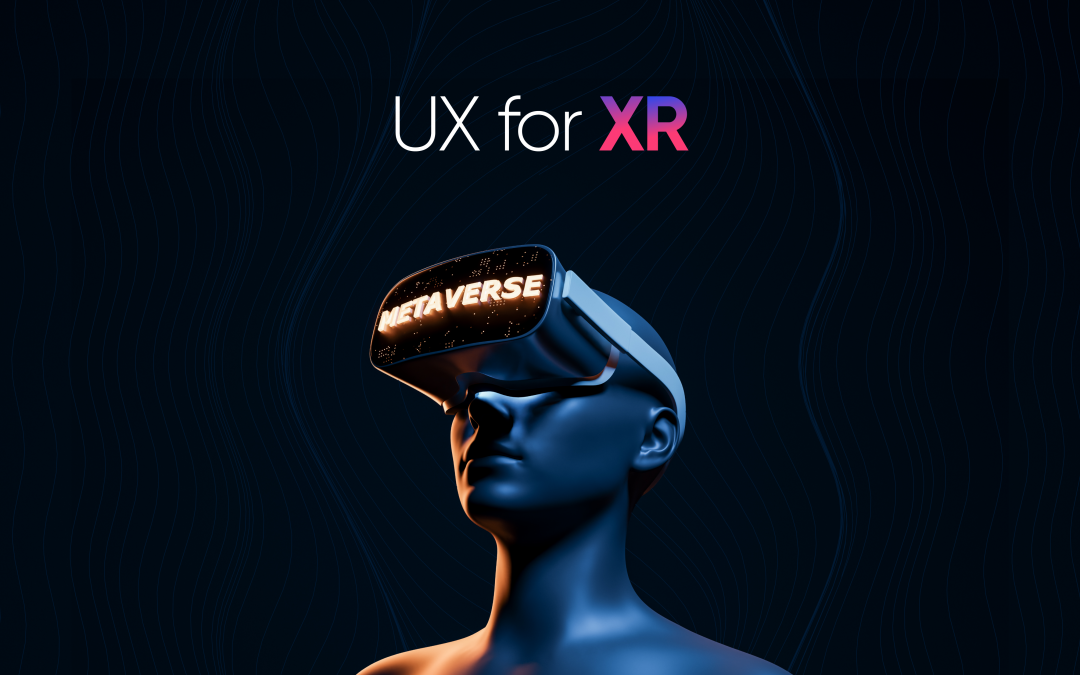
by Face44 | Mar 2, 2022 | Design, UX for XR
The crucial UX for XR needs to be improved for Extended Reality to be widely adopted! Talk of the town, ‘Metaverse,’ an oft-used word for the multi-user extended reality (XR) cloud, is becoming increasingly popular. Other industry leaders and the media...



Recent Comments